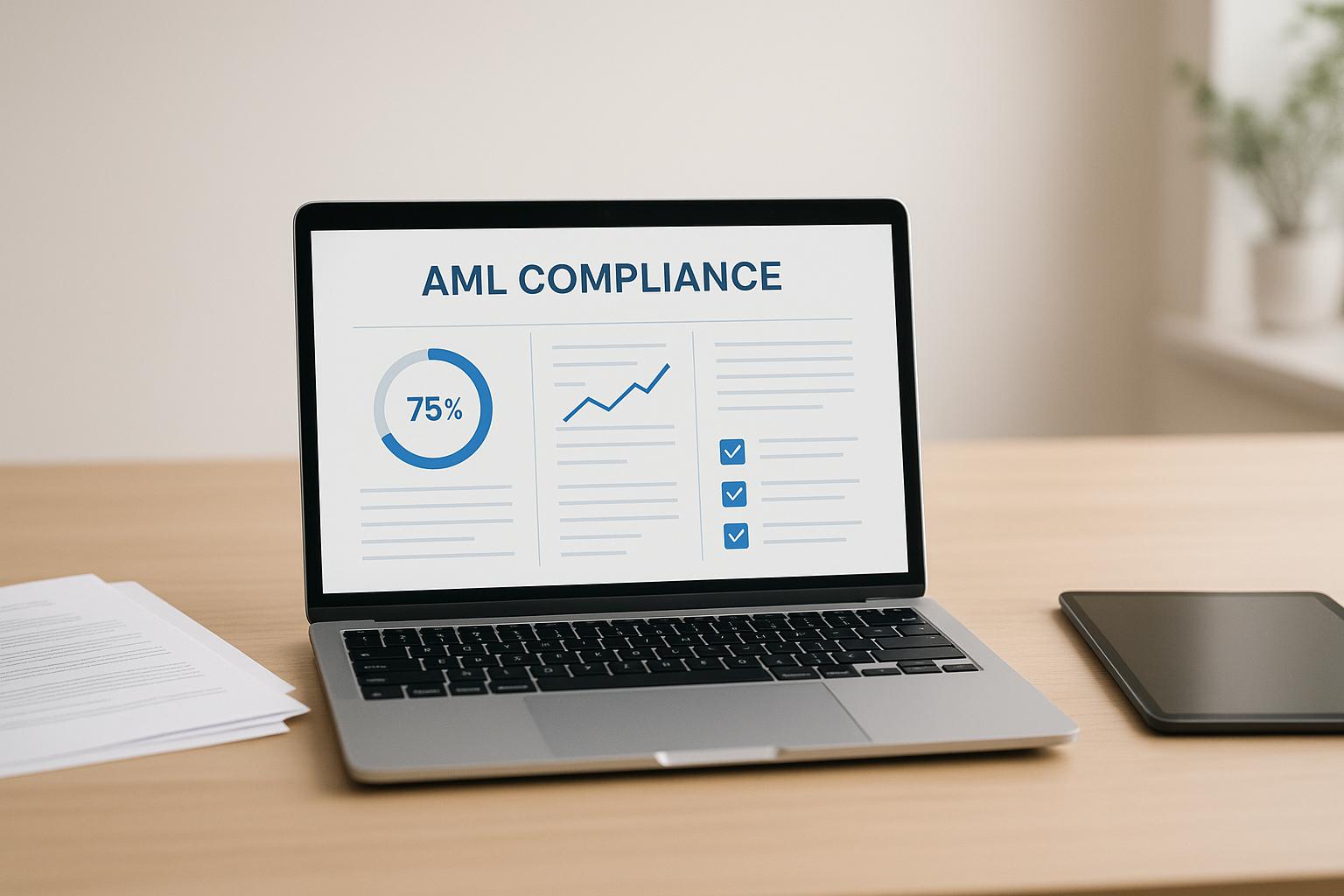Piracy in 2025 shows two opposing trends: maritime piracy is at a 30-year low, while digital piracy is escalating rapidly, costing industries billions annually. Here’s what you need to know:
- Maritime Piracy: Only 79 incidents reported in the first nine months of 2024, a 20% drop from 2023, thanks to better security and international cooperation.
- Digital Piracy: Online video piracy alone causes $75 billion in losses annually, growing at 11% per year, and is expected to hit $125 billion by 2028. AI tools and subscription fatigue are major drivers.
- High-Risk Areas:
- Maritime: Gulf of Guinea, Southeast Asia, West Africa.
- Digital: Concentrated in China, Russia, India, and the U.S.
- Solutions: Blockchain verification and AI tools like ScoreDetect are helping industries fight back, offering faster detection and proof of ownership.
The fight against piracy is evolving, with industries adopting advanced technology and legal frameworks to protect assets and reduce losses.
2025 Piracy Data Analysis
The Rise of Digital Content Theft
By 2025, the issue of digital piracy has escalated, causing significant financial losses and reputational harm across industries like entertainment, software, publishing, and academia.
The integration of AI and deep learning has made content manipulation more sophisticated, leaving traditional protection measures struggling to keep up. At the same time, consumer "subscription fatigue" has grown, driving some users to seek pirated content. Add to this the rapid replication capabilities of AI and the resilience of peer-to-peer networks, and it becomes clear why standard takedown methods are falling short. These challenges highlight the urgent need for advanced digital protection strategies.
One promising solution lies in blockchain verification, which creates tamper-proof records of ownership, making it harder for unauthorized use to go undetected. Additionally, tools like ScoreDetect are stepping in to verify the authenticity of digital content by using timestamped checksum records, offering a more reliable way to protect against piracy.
High-Risk Piracy Areas
Sea Piracy Risk Zones
Studies highlight specific maritime zones where piracy remains a pressing issue. Changing tactics and weaknesses in regional security often leave these areas vulnerable, emphasizing the importance of tailored safety measures. Interestingly, the challenges faced in combating sea piracy echo those seen with digital piracy, although the latter is harder to measure due to its intangible nature.
Digital Piracy by Country
Tracking digital piracy by country is tricky, thanks to tools that obscure user identities. However, even the most technologically advanced nations struggle to address this issue effectively. This highlights the growing need for stronger protective measures. Tools like ScoreDetect, which use blockchain technology to create tamper-proof content verification, offer promising solutions in the fight against digital piracy.
Cost of Piracy
Industry Loss Reports
The financial impact of piracy has grown significantly across various industries by 2025. The media and entertainment sector bears a particularly heavy burden, with online video piracy alone accounting for an estimated $75 billion in lost revenue worldwide. This figure reflects an alarming 11% annual growth in losses [2].
Other industries are also grappling with piracy-related challenges. Software licensing violations are a persistent issue in key global markets [1], while the publishing industry continues to face declining revenues due to unauthorized digital distribution.
| Industry Sector | 2025 Impact | Key Trends |
|---|---|---|
| Media/Entertainment | $75B annual loss | 11% yearly increase in losses |
| Software | Significant issues | Concentrated in key markets |
| Publishing | Revenue decline | Increasing concerns about digital piracy |
These financial losses ripple across the broader economy, affecting not just revenue but also workforce stability.
Employment Effects
Piracy’s toll isn’t limited to financial losses – it also disrupts employment. In the U.S. media and entertainment sector alone, thousands of jobs are lost each year as companies struggle to recover from declining revenue. This trend highlights how the rise of digital piracy directly hampers industry growth and workforce sustainability. Similarly, the software industry sees job cuts in regions with high piracy rates [1].
To cope, companies are taking drastic measures, including:
- Cutting back on research and development
- Delaying the launch of new products
- Reducing hiring efforts
- Implementing broader workforce reductions
Some firms are turning to AI-powered tools like ScoreDetect to protect their content, aiming to safeguard both revenue and jobs. However, the employment impact often depends on regional factors. In areas with weaker intellectual property enforcement, companies face higher costs for security measures and legal battles, further straining their resources.
Anti-Piracy Methods
Digital Protection Tools
By 2025, digital protection has taken a leap forward with AI-driven technologies like invisible watermarking and real-time monitoring. A standout tool in this space is ScoreDetect, which uses intelligent web scraping to identify unauthorized use of content with an impressive 95% success rate. What sets it apart is its speed – detecting and addressing infringements in just about 3.5 seconds.
| Protection Feature | Success Rate | Impact |
|---|---|---|
| Web Scraping Detection | 95% | Quick identification of misuse |
| Automated Takedowns | 96% | Rapid removal of stolen content |
| Transaction Speed | ~3.465 seconds | Near-instant verification |
"With ScoreDetect, I can take pictures for my travel blog and be confident that nobody will claim them as theirs. I can always prove that I am the author."
– Kyrylo Silin, SaaS Founder and CEO
Another game-changer is the use of blockchain technology. Instead of storing the actual content, blockchain secures checksums – unique digital fingerprints of the assets. This approach not only proves ownership but also ensures data remains secure. It’s particularly beneficial for industries dealing with sensitive or proprietary information. Combined with these advanced tools, ongoing updates to legal frameworks are adding an extra layer of security for digital assets.
Legal Protection Methods
On the legal front, stronger frameworks are now complementing digital tools in the fight against piracy. Courts are increasingly recognizing blockchain-based verification certificates as valid evidence in copyright cases. Industries like media and entertainment are adopting comprehensive strategies that blend digital watermarking, continuous monitoring, and streamlined enforcement processes. By integrating these approaches, many businesses are finding it easier to safeguard their intellectual property and reduce instances of misuse.
sbb-itb-738ac1e
Future Risks
AI Content Theft
The rapid evolution of AI technologies is creating new hurdles in protecting digital content. Tools like AI-driven deepfakes make it harder to distinguish between genuine and fraudulent material, emphasizing the importance of blockchain timestamping. This technology provides tamper-proof ownership records, ensuring creators can prove their rights even before AI-generated replicas surface. For example, ScoreDetect offers blockchain verification certificates that are already recognized in legal settings.
"ScoreDetect is exactly what you need to protect your intellectual property in this age of hyper-digitization. Truly an innovative product, I highly recommend it!" – Imri, Startup SaaS, CEO [3]
But it’s not just AI that poses a threat. The growing web of interconnected devices has also increased the risk of unauthorized access to digital content.
IoT Security Risks
Devices like smart TVs and streaming gadgets often come with inadequate security features, making them vulnerable entry points for hackers. To address these gaps, industries are stepping up with advanced tools like automated monitoring systems to safeguard their digital assets across connected ecosystems.
"As a SaaS company owner, I find ScoreDetect to be a highly valuable tool for ensuring the integrity of our digital content." – Joshua Chung, Startup Consultancy, CEO [3]
Digital Precarity and the Path to Resilience
Conclusion: Next Steps
As we move into 2025, organizations face an urgent need to shield their intellectual property against emerging threats from AI and IoT technologies. The evolving landscape demands a combination of advanced tools and strategic approaches to stay ahead of piracy challenges.
Blockchain technology is proving to be a game-changer in this fight. For example, ScoreDetect’s April 2025 update introduced lightning-fast content verification, issuing blockchain-based certificates in just 3,000 milliseconds – without storing the full asset. This innovation highlights how blockchain can establish both content authenticity and ownership with speed and precision.
To tackle piracy effectively in 2025, here’s a streamlined approach:
- Automated Protection: Invest in systems that can monitor and secure digital assets across platforms, integrating with thousands of web apps for broader coverage.
- Proof of Ownership: Leverage blockchain timestamping to lock in ownership details before any theft occurs.
- Education and Awareness: Train teams to spot vulnerabilities and confirm content authenticity, empowering them to act as the first line of defense.
The road ahead for anti-piracy efforts will depend on blending cutting-edge technology with thoughtful execution. ScoreDetect’s February 2025 rollout of SEO-friendly certificates with source URLs is a perfect example of this synergy. By focusing on tools that not only protect but also make content easier to discover and verify through legitimate means, organizations can stay a step ahead of piracy while enhancing their digital presence.
FAQs
What are the main factors behind the decline in global piracy by 2025, and are these changes sustainable?
The anticipated drop in global piracy by 2025 owes much to a mix of evolving technology, tighter international partnerships, and stronger enforcement strategies. Tools like ScoreDetect have been instrumental in this fight, offering features such as AI-powered watermarking, web scraping, and automated takedown systems to tackle digital piracy head-on.
While these approaches show promise, their success hinges on regular updates and worldwide cooperation. With piracy tactics constantly changing, staying ahead will require continuous technological advancements and steadfast policy enforcement to counter new challenges.
How does blockchain technology help protect digital content from piracy, and why is it effective for industries with high piracy risks?
Blockchain technology provides a secure method to tackle digital piracy by generating a checksum – essentially a unique digital fingerprint – of your content. This approach protects copyrights without requiring storage of the actual digital files.
With this system, industries vulnerable to piracy can confirm ownership and monitor unauthorized use of their content more effectively. Because blockchain records cannot be altered, it serves as a dependable tool for protecting intellectual property and bolstering anti-piracy measures.
How can AI be both a challenge and a solution in combating digital piracy, and what strategies can industries use to safeguard their content effectively?
AI serves as both a challenge and a solution in the battle against digital piracy. On one side, it introduces new hurdles by enabling advanced piracy methods like automated content scraping and deepfake creation, which make it harder to detect unauthorized use. On the flip side, AI offers powerful tools to fight back, such as intelligent web monitoring, content watermarking, and pattern recognition to spot and stop the illegal distribution of content.
Industries can make the most of AI by using tools that feature non-invasive watermarking, automated content discovery, and real-time takedown capabilities. Take ScoreDetect, for instance – a platform that uses AI to monitor digital assets, identify unauthorized use, and simplify enforcement actions with impressive efficiency. When paired with technologies like blockchain for stronger copyright protection, AI gives businesses a solid edge in safeguarding their content.

